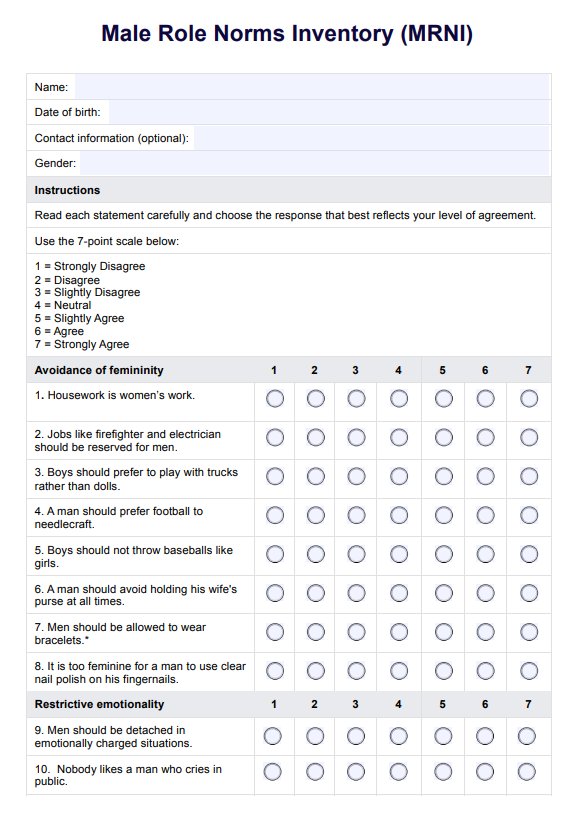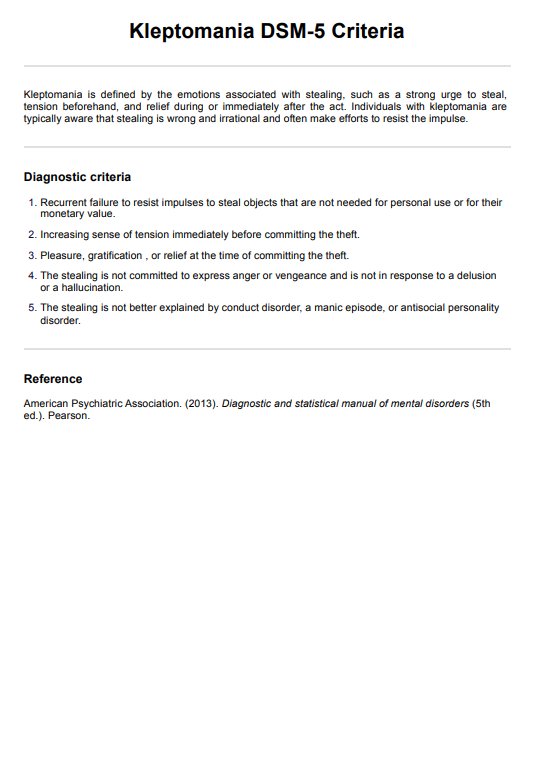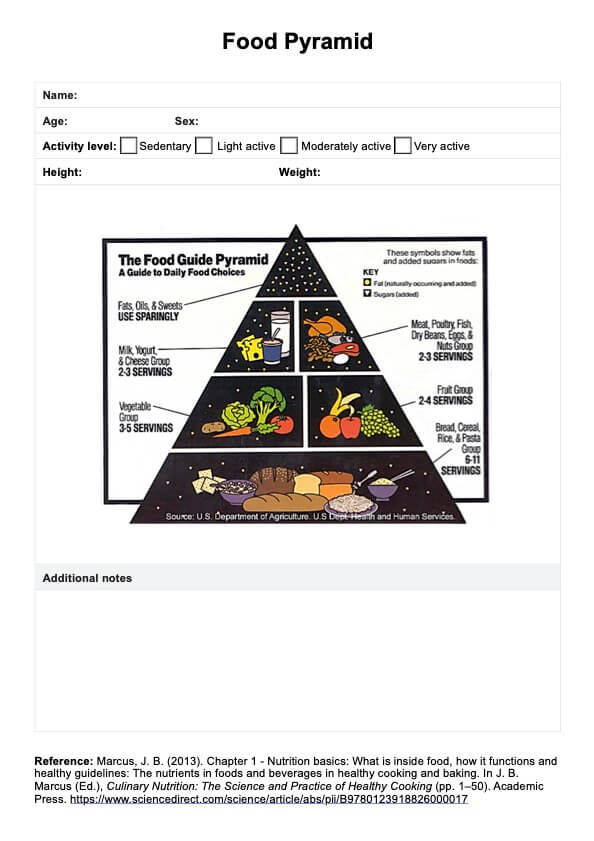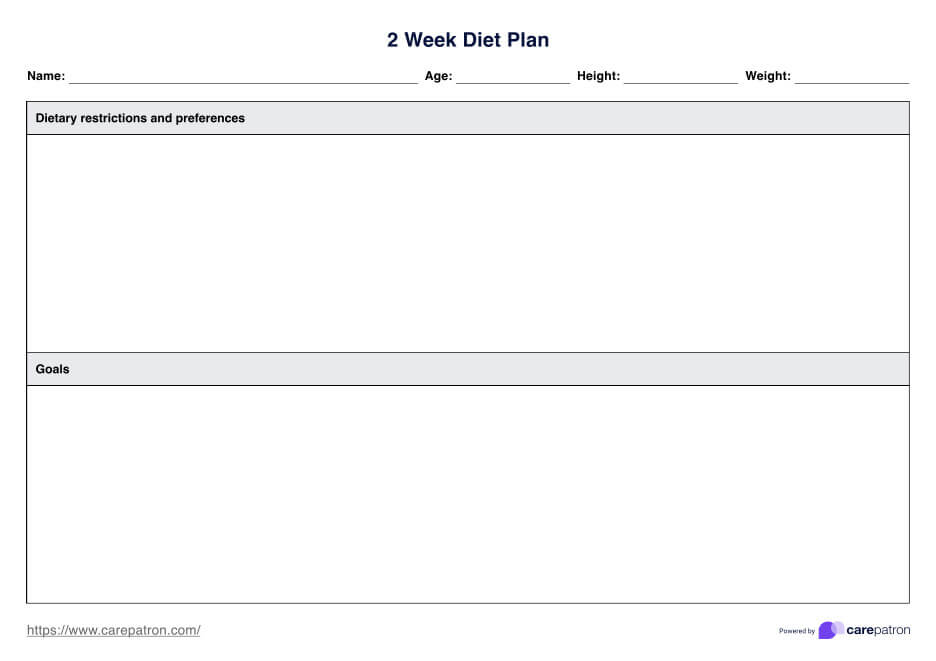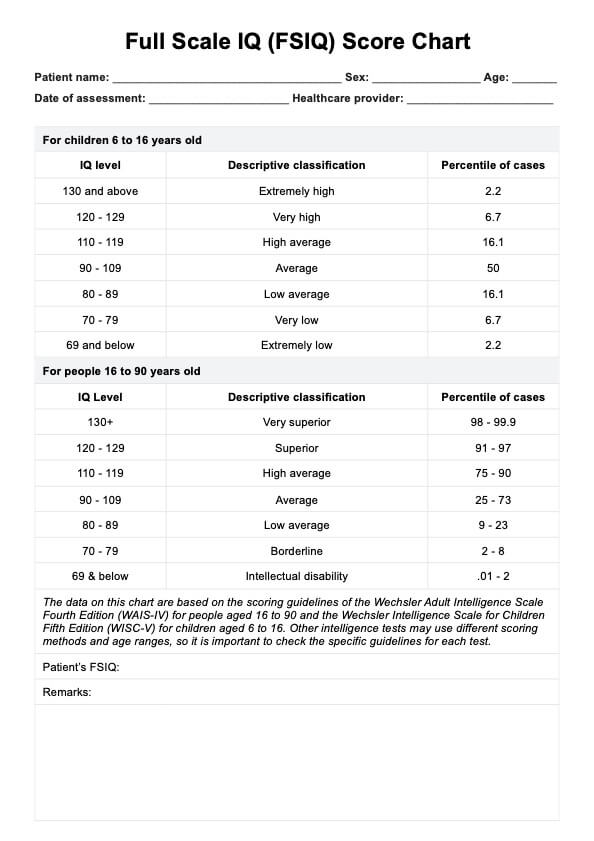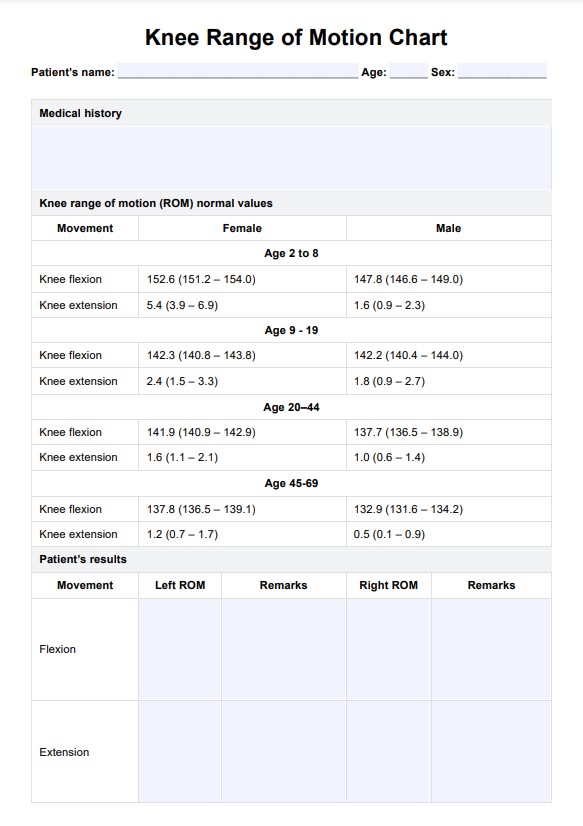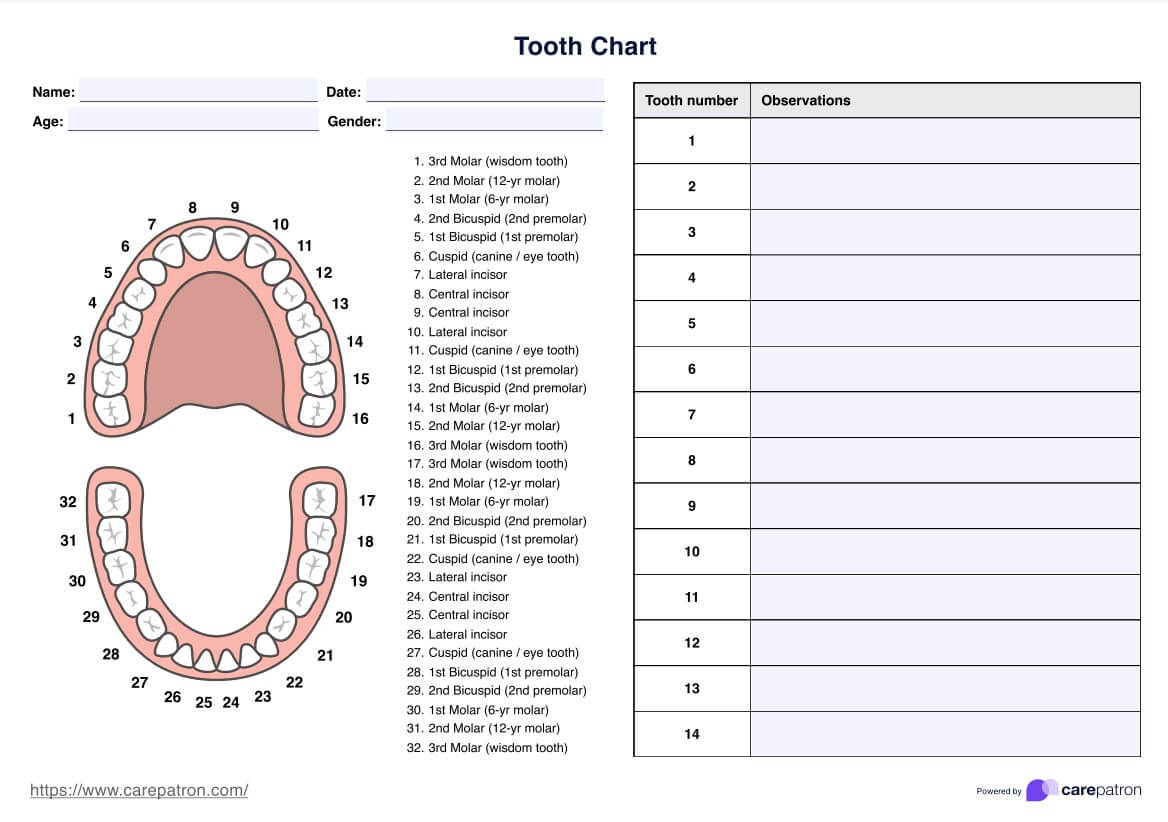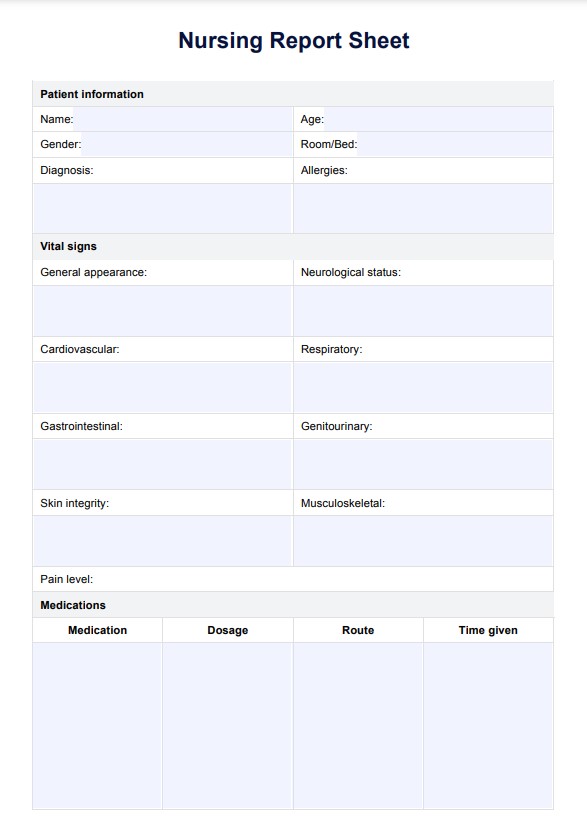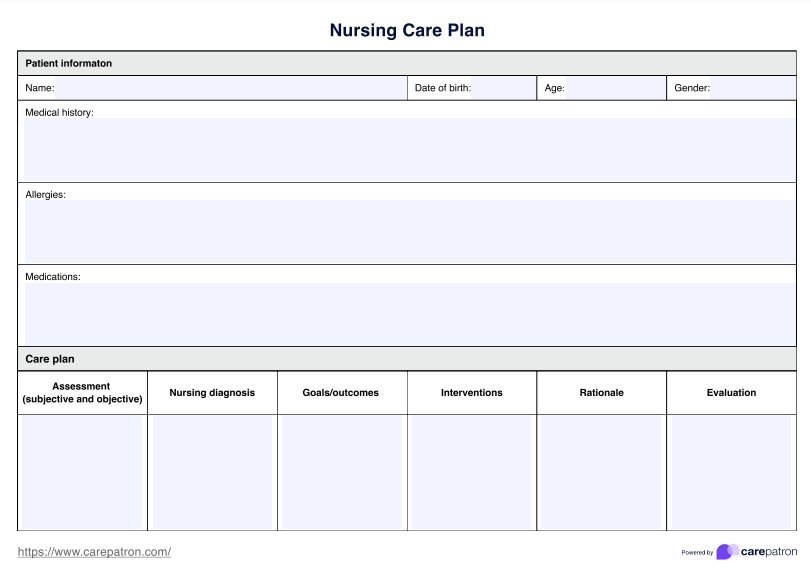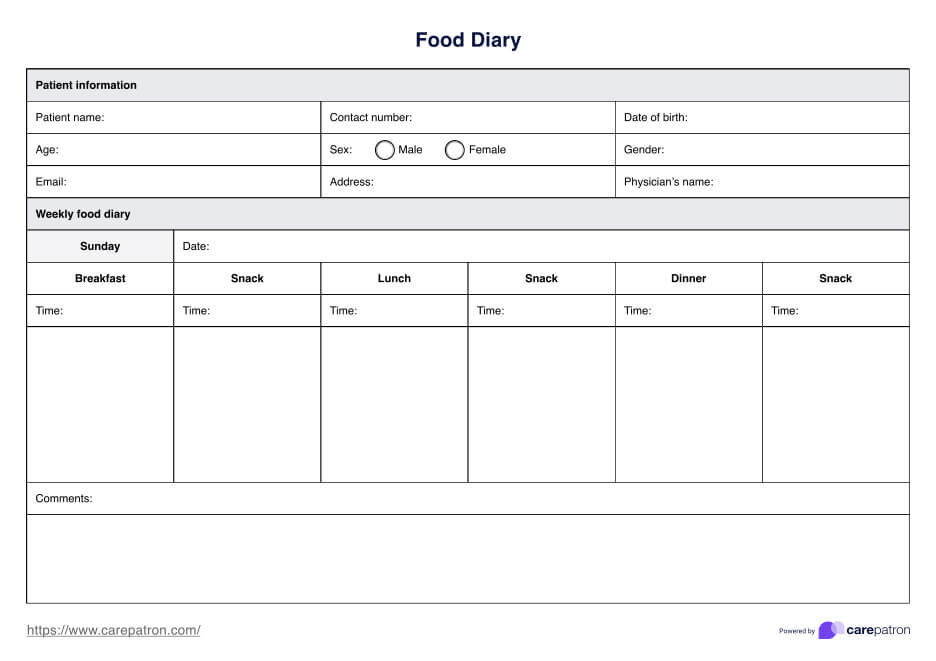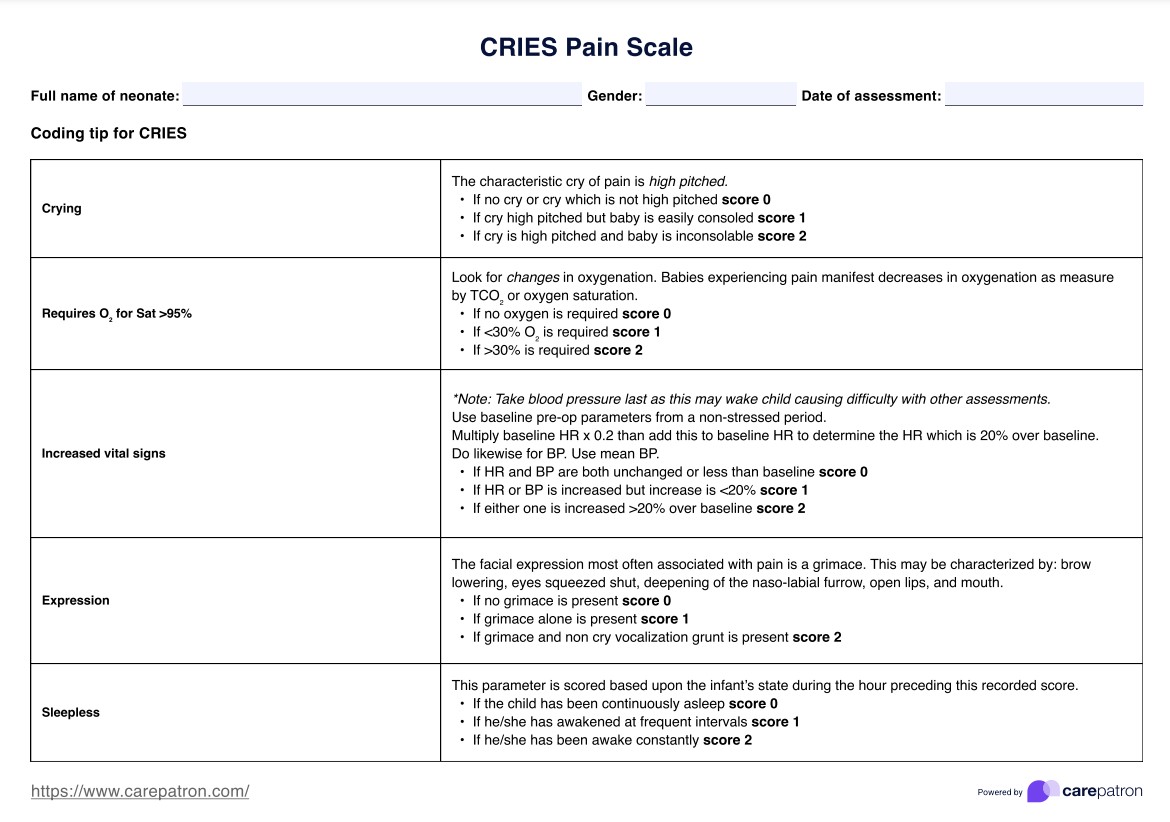Types of Grief Handout
Discover a helpful Types of Grief Handout to easily compare, identify, and understand common grief types, providing clarity and support during difficult times.


What is grief?
Grief refers to the emotional and cognitive experience of loss, including coping strategies, mood and energy, common behaviors, thoughts and affect. It can be triggered by loss of any kind, whether anticipated or not, such as the death of a loved one, natural disasters or home loss, job loss, or a relationship ending.
Common physical symptoms of the normal grief process may include muscle or stomach pains, headaches, appetite loss or gain, fatigue, trouble sleeping, or tightness in the chest. Mental or emotional symptoms may include depressed mood, intense sorrow or sadness, shock, anger, confusion, despair or a feeling of numbness or emptiness.
Experiencing a grieving period is a normal and healthy psychological reaction to loss, but in some cases in can progress into chronic grief, a maladaptive and long-lasting condition in which feelings of grief interfere with daily life and functioning. Prolonged grief disorder (PGD) is associated with high emotional distress and often requires the support of a mental health professional or grief counselor to recover from.
The grieving process and grief related disorders (such as PGD and posttraumatic stress disorder) can be hugely detrimental to physical and mental health and wellbeing. Understanding the different types of grief experiences is critical for mental health professionals helping their patients to process grief.
Types of Grief Handout Template
Types of Grief Handout Example
Types of grief
Grief counseling involves identifying the type of grief reaction the client is experiencing to help guide them through their complex emotions. Here are some of the common clinical contexts and presentations of grieving:
Normal grief
The normal (or uncomplicated) grief experience following significant loss is multifaceted and diverse and is not reflected by any universal set of symptoms or behavioral reactions. Often the normal grieving process is characterized as having multiple stages, including denial, anger, bargaining, depression and acceptance. In experiencing grief, one will likely pass some or all of these in a non-linear way.
Anticipatory grief
Anticipatory grief affects those for whom significant loss is imminent or expected. In these cases, (for example, anticipating the death of a family member with a terminal illness), the grieving individual begins anticipatory mourning before the loss has occurred.
Anticipatory grief symptoms may include heightened or even clinically significant anxiety. Feeling a sense of relief and guilt are also common reactions when the loss inevitably occurs.
Disenfranchised grief
Disenfranchised grief occurs in contexts where the severity of the emotional experience following loss is not socially accepted or recognized. This is common after the death of a pet or the end of an unconventional relationship, in which the significance of an individual's loss may not be recognized by those in their support system.
In these cases, the grieving individual often lacks the support necessary to process their loss. They may also feel embarrassment, guilt or shame surrounding their feelings. People whose grief is not validated often come to believe they are having an uncontrollable and extreme reaction, which can interfere with the healthy processing of loss.
Distorted grief
Distorted grief is associated with prolonged, heightened feelings of anger. These can skew cognitions about the self, world and others (beyond the loss itself). Distorted grieving may present as high hostility, fighting or violent tendencies, irritability, and self-harm or substance abuse.
Complicated grief
When intense feelings of grief over a prolonged period interfere with the grieving person's ability to function, this is known as complicated or prolonged grief. It is often accompanied by concerning maladaptive behaviors such as substance abuse, as well as rumination, self-blame, and difficulty accepting the loss or moving on.
Complicated grief is more common in individuals with a history of mental health struggles as they may lack the psychological buffer necessary to cope with difficult events. Prolonged grief disorder requires a clinical diagnosis.
Chronic grief
Chronic grief reactions are similar to complicated grief in that they are also associated with an extended period of mourning. When experiencing chronic grief, people will often present with continuous symptoms that do not reduce with time. In some cases, the individual may intentionally prevent themselves from feeling better as a way to uphold the memory or avoid letting go of the deceased. Complicated grief symptoms may overlap with those of chronic grief.
Abbreviated grief
Unlike chronic grief, abbreviated grief refers to contexts in which the grieving period seems abnormally short or appears to end abruptly in a way that is not proportionate to the significance of the loss. This may occur if the individual in mourning has found an alternative to processing their loss, e.g. remarrying soon after being widowed.
Often this indicates a reluctance to contend with psychological or emotional discomfort and can result in tension with others who were also impacted by the loss, such as family members. If a brief mourning period is the result of finding a distraction from the loss, it may progress into delayed grief later.
Absent grief
Absent grief occurs when the expected feelings associated with mourning are not experienced. This can be a form of complicated grief, and can present as emotional numbness, feeling disconnected, or relief after the loss.
Delayed grief
Delayed grieving processes may occur weeks, months or years after the event. Also called inhibited grief, this can occur when the mind defers processing loss until it has the resources or time, or if the loss results in initial shock that interrupts typical grief onset.
Traumatic grief
Traumatic grief occurs when loss is sudden, violent, or in an extremely distressing context, e.g. a natural disaster, witnessing a loved one pass violently, or the unexpected death of a child. Symptoms may overlap with post-traumatic stress disorder.
Ambiguous grief
Ambiguous grief is associated with contexts in which a loss is unresolved, such as when a loved one goes missing. Unexpected loss and uncertainty can simultaneously create feelings of hope and despair, which are difficult to navigate and often will not resolve. Building resiliency is the key therapeutic focus for those in ambiguous mourning.
Cumulative grief
When losses or distressing life events succeed one another before the individual can process them, this can result in compounded or cumulative grief. This can be associated with desensitization towards loss or normalization of sadness, skewing how the individual sees the world and preventing them from recovering.
How does our Types of Grief Handout work?
Follow these easy steps to make the most of this resource:
Step 1: Access the handout
Use the free handout clicking "Use template" to access the handout via the Carepatron app. This action lets you customize the template for your needs. For a PDF version, choose "Download."
Step 2: Familiarize with grief types
Become familiar with the types of grief on the handout, including the associated psychological processes, the experiences that often trigger them, and the appropriate interventions.
Step 3: Identify grief type
Consult the handout to identify the types of grief your client is potentially experiencing. Their symptoms may be consistent with more than one.
When to use this handout?
Here are some scenarios in which our Types of Grief Handout may be helpful:
Support groups
This handout may be helpful in running a grief support group, empowering participants to identify, compare and understand their specific experiences and their causes.
Mental health counseling
A licensed clinical social worker, counselor, or mental health professional may use this handout to help diagnose or identify the type of grief their client is experiencing, directing them to the root cause and appropriate treatment.
General practitioner appointments
This handout can also be beneficial for practitioners looking to distinguish healthy from maladaptive patterns of grief. This can help determine whether person needs to be referred for professional support.
Benefits of using this handout
The Types of Grief Handout provides a variety of advantages to professionals and their patients. Here are some of the key benefits:
Improved efficiency
This quick reference tool allows easy identification of common types of grief without doing extensive research. It allows practitioners to quickly narrow down the grief types their client may be experiencing, streamlining the research process so the client can receive help as soon as possible.
Ease of use
This resource has been formulated to give a comprehensive overview of each type of grief without compromising simplicity. Its straightforward layout minimizes confusion and allows easy use.
Deeper insights
Everyone experiences grief differently, which can present challenges for psychologists and other mental healthcare professionals. This handout provides an easy way to connect what a specific person experiences to broader patterns of mourning behavior. This provides a deeper understanding of what they are going through, its potential causes, and how to help.
Pertanyaan yang sering diajukan
No. This is not an exhaustive list - these are just some of the most common grief types. There are other types of grief such as preparatory grief (in which a dying person grieves the loss of their own health and life) and collective grief (in which a tragedy affects an entire community or group e.g. death of a leader, terrorist attack). Grief is a fluid and diverse process, meaning there is no right or wrong or fixed way to conceptualize grief types.
PGD, or complicated grief, is a mental disorder in which intense, prolonged and persistent longing for the person or thing lost interferes with the individual's functioning. It is characterized by intense reactions to loss over an extended period of time, and often presents very similarly to depression. People are more likely to experience complicated grief if they have preexisting mental health difficulties.
The five phases of grief are a useful psychological concept for understanding and distinguishing the common emotional and cognitive experiences of grieving. The phases are denial, anger, negotiation (or bargaining), depression, and acceptance. They have no set order, and the person may return to the same state multiple times.







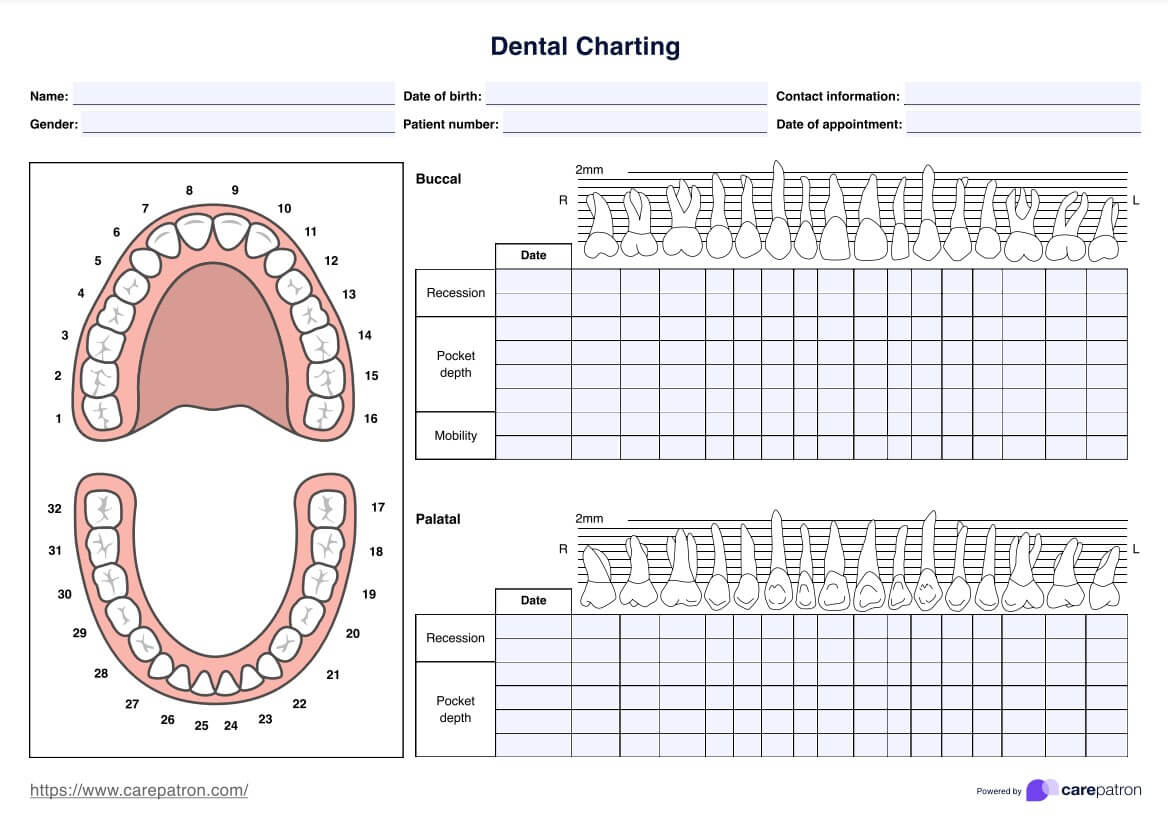









-template.jpg)

